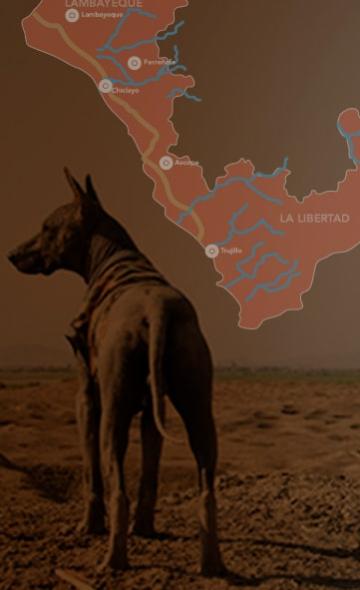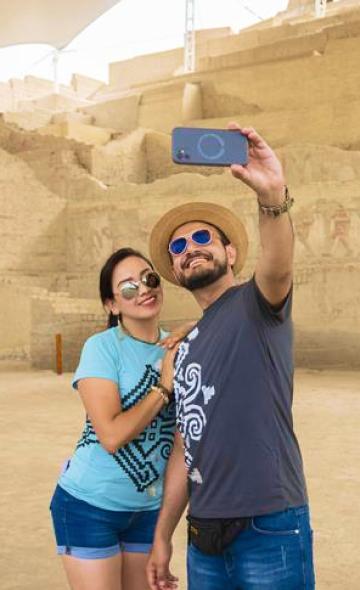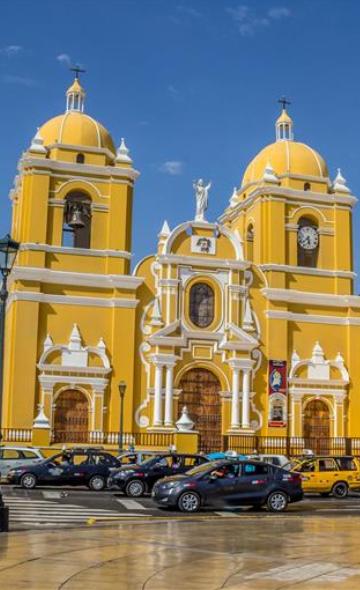- Visitors
- Researchers
- Students
- Community
- Information for the tourist
- Hours and fees
- How to get?
- Visitor Regulations
- Virtual tours
- Classic route
- Mystical route
- Specialized route
- Site museum
- Know the town
- Cultural Spaces
- Cao Museum
- Huaca Cao Viejo
- Huaca Prieta
- Huaca Cortada
- Ceremonial Well
- Walls
- Play at home
- Puzzle
- Trivia
- Memorize
- Crosswords
- Alphabet soup
- Crafts
- Pac-Man Moche
- Workshops and Inventory
- Micro-workshops
- Collections inventory
- News
- Visitors
- The Moche Route, the Peruvian archaeological circuit that transports you to a surprising civilization
News
CategoriesSelect the category you want to see:
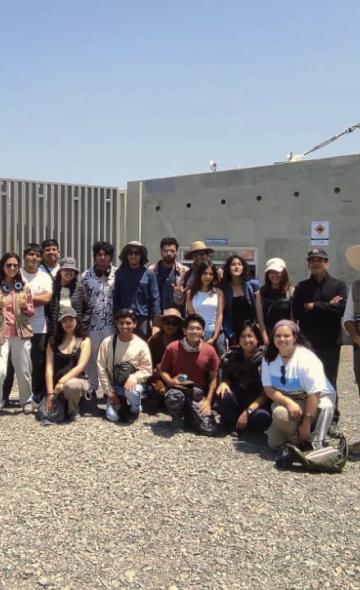
PUCP Archaeology Students Visit the El Brujo Archaeological Complex ...
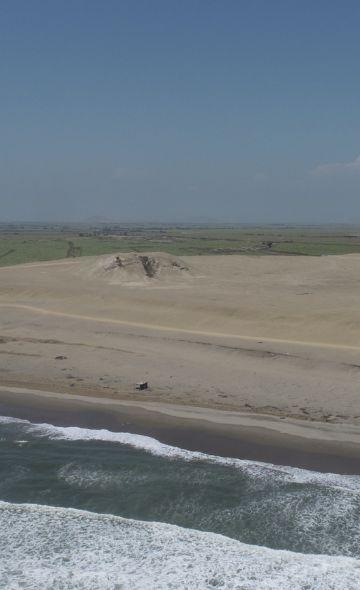
The Republican Settlements of El Brujo: Notes for the Recent History of Magdalena de Cao ...
To receive new news.
By: Complejo arqueológico El Brujo
To get to know the impressive Mochica civilization, there is no better idea than to plan a tour of the famous Moche Route. This is a route that includes different regions of the northern Peruvian coast, and which allows you to explore the incredible archaeological remains of Mochica and its site museums. Join us on this tour and go ahead and do it in person. In just 4 days you can complete the Moche Route in the north of Peru!
Archaeological sites and museums of the Moche Route
To help you plan your 4-day itinerary along the Moche Route, we present to you here the sites that make up this circuit.
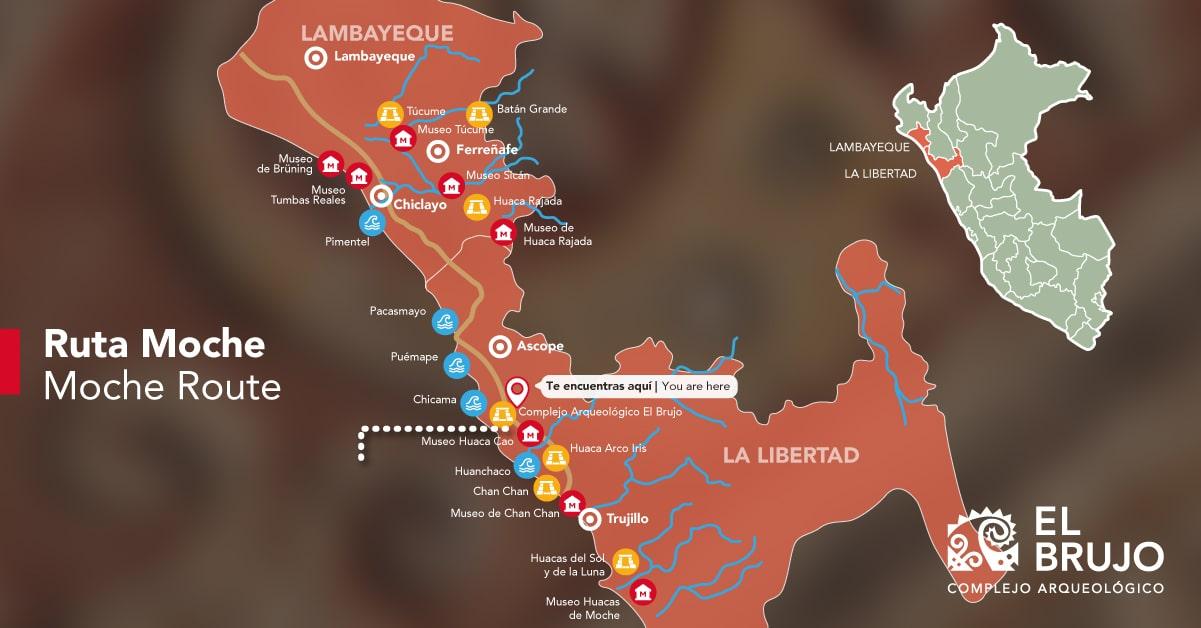
Day 1: Huaca del Sol, Huaca de la Luna and Chan Chan
As the first stop on the Moche Route, you can visit Huaca del Sol and Huaca de la Luna. These are located just 8 kilometers away from Trujillo. They are famous for the incredible walls featured in them, and we can still see polychrome murals that reveal their religious beliefs, worldview and customs.
Also noteworthy in these huacas is the discovery of 70 skeletal remains, which are proof of the famous ritual combat that would place here, centuries ago, in which warriors confronted each other to the death, to determine which ones would be sacrificed to the gods.
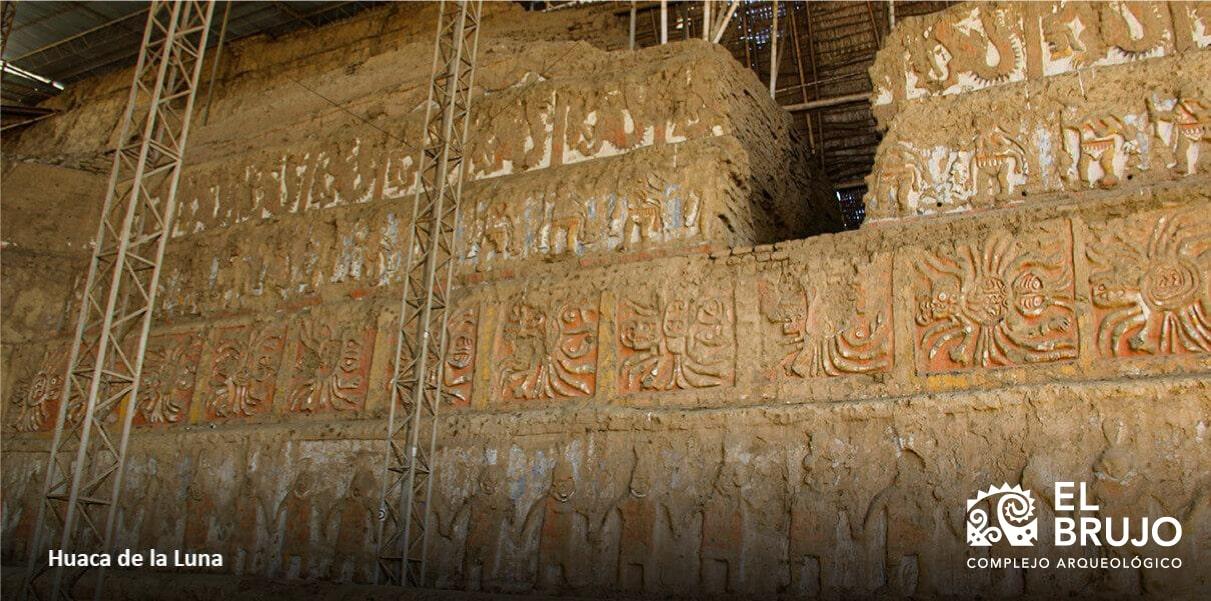
It is also recommended to start with Huaca de la Luna, followed by Huaca del Sol. Then, on to the archaeological complex of Chan Chan, and, finally, go to Huanchaco and relax there.
Archaeological Complex of Chan Chan
Continuing with the tour of day 1, as a second stop we have the citadel of Chan Chan. It is located just 7 kilometers away from Trujillo, La Libertad, and comprises a group of 9 palaces and 14 temples spread along 20 kilometers.
The construction of Chan Chan corresponds to the Chimú, a cultural group that came after the Mochica. Among the structures that make up this complex, the temple of Nik An has been studied since the 1970s.
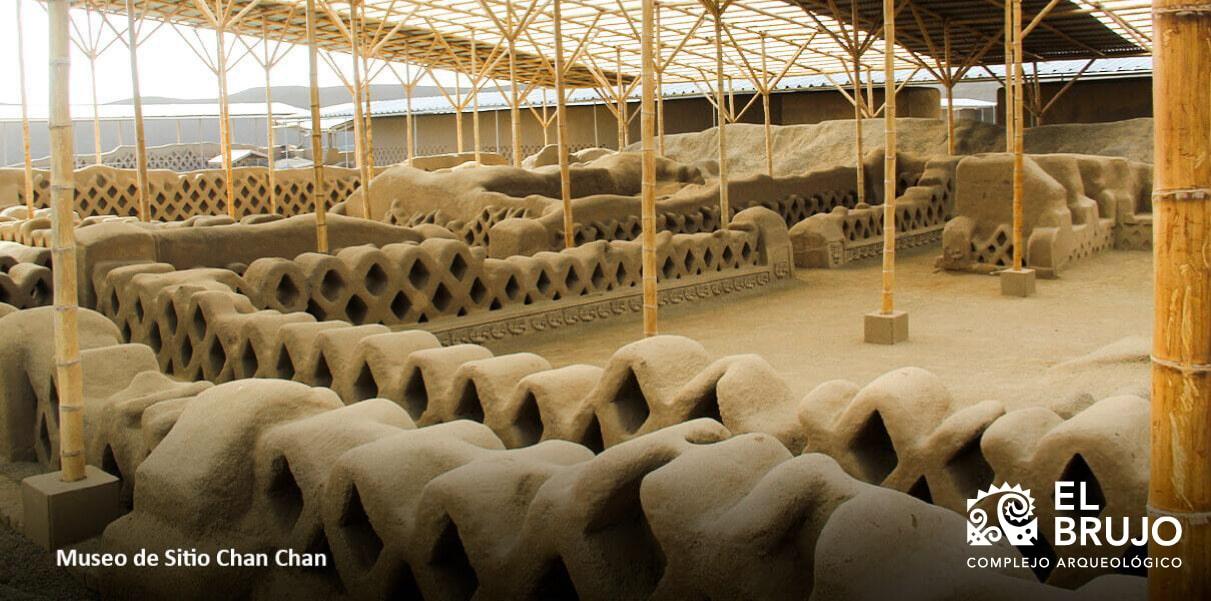
It should be noted that in a recent agreement signed by the Ministry of Culture and the Regional Government of La Libertad, the construction of the Chimú Regional Cultural Center was decided.
In addition, MINCETUR (Ministry of Foreign Trade and Tourism) granted Hierarchy 4 to the Chan Chan Archaeological Complex, formalizing this through Vice-Ministerial Resolution No. 052-MINCETUR/VMT. This is one of the highest recognitions and places it as one of the main tourist resources in Peru.
Huanchaco
The seaside town of Huanchaco is just over 20 minutes away from Trujillo. It is the perfect place for travelers looking for adventure. This popular beach offers activities such as riding caballitos de totora (reed watercraft), surfing, and tasting the most delicious dishes in the area.
If you have time to spare, you can also visit the pier for a great view, or climb up to the Church of the Virgin of Perpetual Help, one of the oldest in Peru.
Day 2: El Brujo Archaeological Complex and visit to Magdalena de Cao
The next day, continue your tour to the town of Magdalena de Cao, where the imposing El Brujo Archaeological Complex (CAEB) is located, featuring three splendid huacas: Huaca Cortada, Huaca Prieta and Huaca Cao Viejo, as well as a modern Site Museum.
Here you can book in advance, one of the three routes designed for visitors: the classic, mystical or specialized route. This way, not only will you be able to get to know the archaeological remains and the museum, but, in the case of the specialized route, you can access restricted areas in the company of specialists.
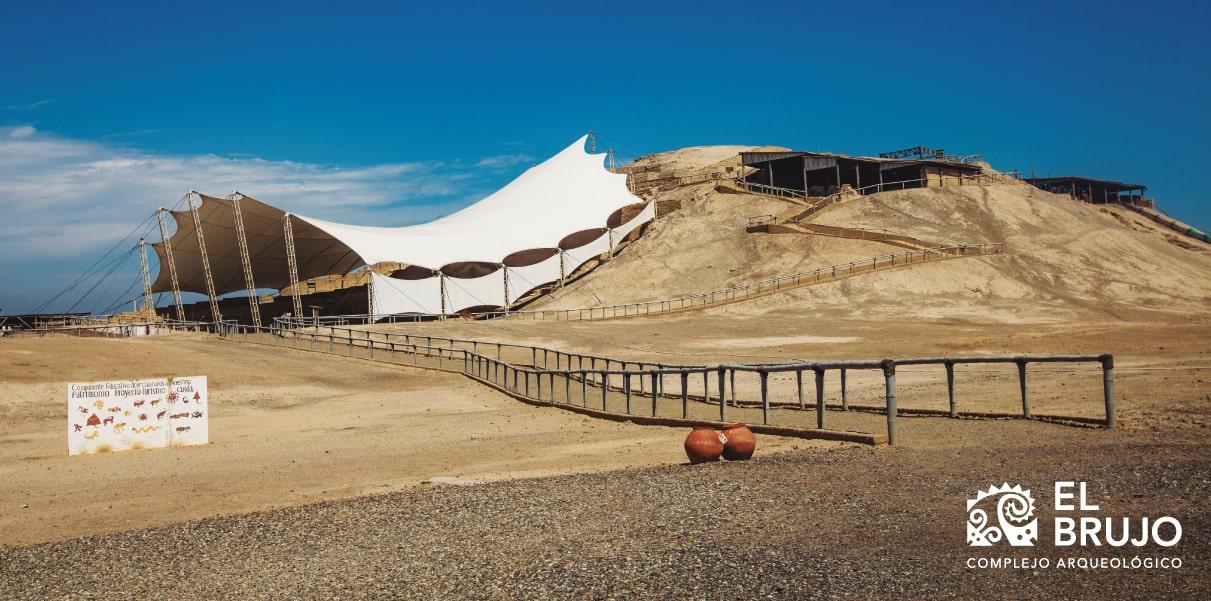
This visit is a great way for you to approach one of the most important finds pertaining to the Mochica culture: the funerary context of the Lady of Cao. An important find for two reasons: first, because of the excellent state of conservation in which both the mummy and all its funerary paraphernalia were, and, though it continues to be studied by researchers and academics, it is known that she was a woman of a prominent social position in the ancient Mochica civilization.
After visiting the complex, don't hesitate to enjoy the rich gastronomy and the famous One-Year Chicha from Magdalena de Cao, a town heir to the Mochica culture.
Also, you can visit the beaches of El Brujo and La Bocana, the perfect destination to spend the afternoon with friends and enjoy the famous sunsets of Magdalena de Cao. At the end of your visit, you will have to go to Chiclayo to continue your tour of the Moche Route.
Days 3 & 4: Batán Grande, Royal Tombs of Sipán Museum, Huaca Rajada and more
On the last two days, in Lambayeque, the Royal Tombs of Sipán Museum, built in the shape of a truncated pyramid, is a must to continue the Moche Route. In 2023, the museum received more than 160 thousand visits, so you can't miss it on your tour.
Here you will be able to learn more about the famous Lord of Sipán, a figure of Mochica power, whose tomb was discovered in Huaca Rajada, along with more than 600 funerary objects, aside from amazing pieces of gold, turquoise and silver. This personage was discovered alongside companions and family members.
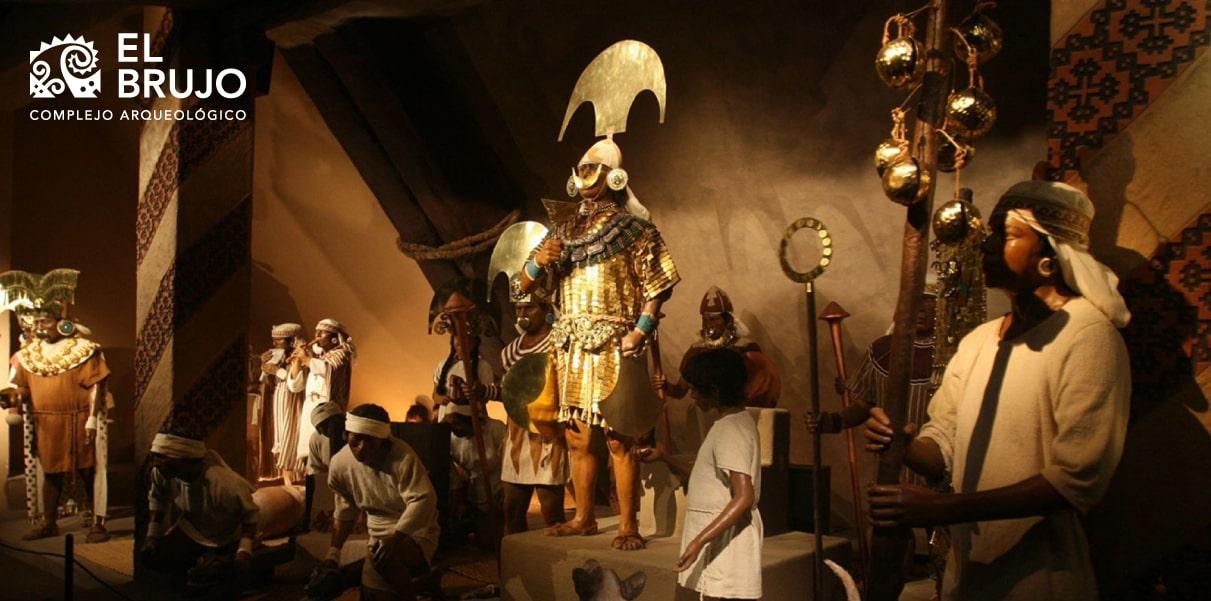
Sanctuary of the Pómac Forest (Batán Grande)
Once you have arrived in Chiclayo, we suggest that you visit the Sanctuary of the Pómac Forest, which is located less than an hour away from the city. This is the Archaeological Complex of Sicán, known as Batán Grande. In this place you can find 20 truncated pyramids.
Did you know that the pyramids of Túcume and the Pómac Forest were part of an ancient civilization? This is the Sicán culture, which was located in the area of Batán Grande. There, they built impressive temples and tombs, where they used to bury their rulers with gold and silver objects.
Huaca Rajada Museum and its archaeological site
In Huaca Rajada there is an exact replica of the tomb of the Lord of Sipán. There, lies an ancient Mochica ruler, his secrets and legacy preserved in the stone. His original remains were moved to the modern Royal Tombs Museum of Sipán. You can still immerse yourself in the ancestral magic at the Huaca Rajada Sipán Site Museum.
This museum, located in the district of Saña, has impressive ceramic pieces. The Moche, Lambayeque, and Chimú cultures intertwine here in a dance of shapes and colors.
Túcume Museum
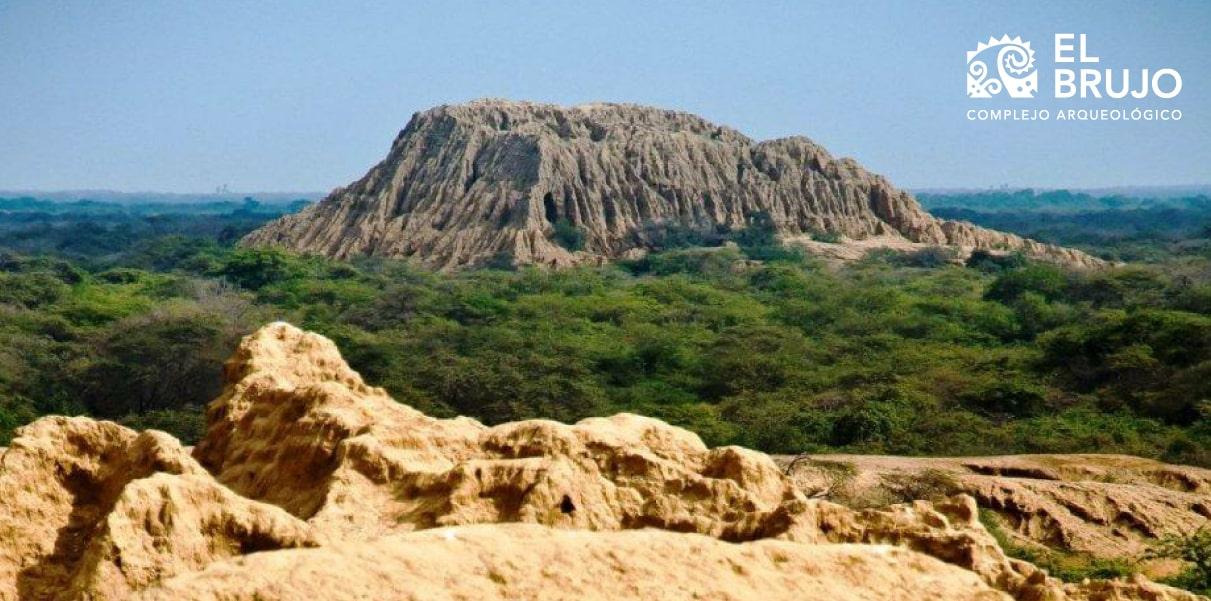
The Túcume museum is located 33 km north of Chiclayo and is part of the archaeological complex of the same name, where the Sicán/Lambayeque culture was formerly settled. This complex consists of 26 pyramids, which are located around Cerro La Raya, and whose research began in 1930. Also, you will visit Huaca Las Estacas, Huaca Larga, the Temple of the Sacred Stone, the Temple of the Mythical Bird and the Site Museum.
Bruning Museum
The Bruning National Archaeological Museum was the first museographic establishment in Lambayeque. It has more than 1,400 archaeological pieces from the Moche, Sicán, Chavín, Inca, Vicús and other cultures.
The name of this place has its origin in the German researcher Enrique Bruning, who dedicated part of his life to collecting objects and archaeological remains from the aforementioned cultures.
Sicán Museum
The National Museum of Sicán is located in the city of Ferreñafe, near Chiclayo. You mustn’t miss this museum that has 356 pieces full of history and a spectacular Gold Room.
It is one of the main cultural attractions of northern Peru. The Sicán Museum stands out for its goldsmithing, ceremonial tumis (ornate knives), ceramics and masks made of gold.
Royal Tombs of Sipán Museum
Learn about the impressive tomb of the Lord of Sipán, a ruler who was buried with a large set of emblems, garments and ornaments that you find at the Royal Tombs of Sipán Museum in Lambayeque.
Delve into the incredible pyramidal structure of the Mochica. You will also find museum exhibition halls with the genuine finds of the Sipán Archaeological Complex, such as the Lord of Sipán, Old Lord of Sipán, the Priest and other tombs that belonged to the Moche elite.
It is time to plan your new adventure along the stunning Moche Route! You will be able to transport yourself to the past and discover one of the most amazing civilizations of ancient Peru, whose ancestral knowledge is still current and is manifested through the populations that occupied its zone of impact. Be sure to visit El Brujo and its 14 thousand years of history on your tour of the Moche Route. Schedule your visit now by WhatsApp at +51 933 412 730.
Visitors , outstanding news


